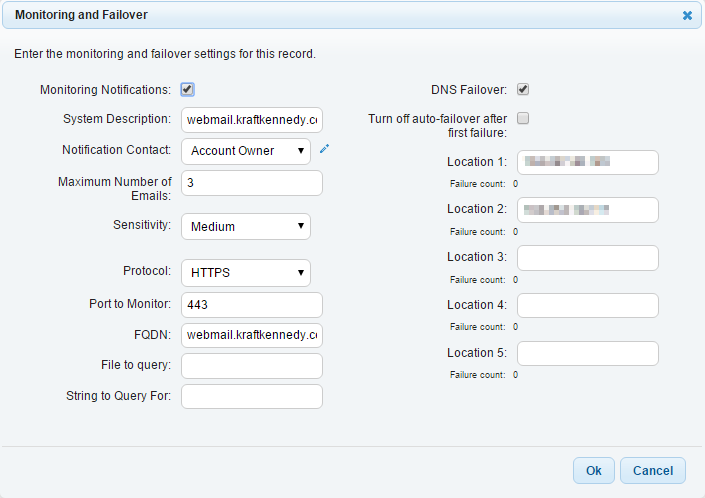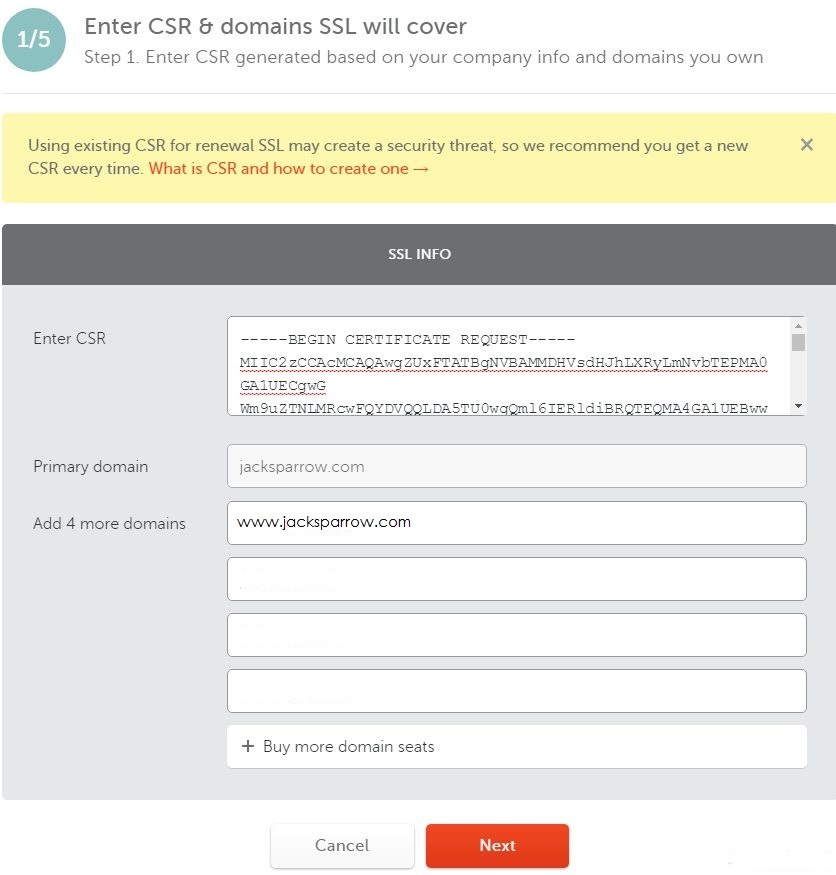
There are many ways to install a plugin for WordPress on your website. These steps differ depending on the plugin. First, upload the file. Once you've uploaded the file, click on "Activate Plugin" to activate your plugin. Then, you will want to choose the settings you'd like the plugin to have.
Uninstalling a WordPress plugin
Uninstalling WordPress plugins after they have been installed is removing all files from your website. This can be done because you have outgrown the plugin, found a better alternative or are having trouble with your site. You can also uninstall a plug-in if it contains security flaws or conflicts with your theme. Regardless of the reason, you should be very careful when uninstalling a plugin.

Updating WordPress plugins
There are steps to take if your WordPress plugin does not update or stops working. First log in to WordPress. Next, navigate to wp_content/plugins/ Click on the plugin folder to rename it. Make sure you add the -old suffix to your name. You can also remove the plugin completely from your website.
How to choose a compatible plug-in
WordPress plugins play an essential role in your website's functionality. You shouldn't rely solely on every plugin out there. Instead, make sure to pick the one that fits your specific needs. These tips will help you make the right selection.
Using an SFTP-client
You can use an SFTP Client to install a WordPress Plugin. This method allows you to access your files directly from your website server. As you can see, SFTP is more secure than FTP.
A word processor
It may seem impossible to install WordPress plugins using your word processor. All you need to do is follow a few simple steps. WordPress includes a built in editor that is similar to many word processors. Even better, it includes extra editing tools and the ability to print your document.

Using a zip file
If you are not sure how to install a WordPress plugin, you can use a zip file to upload it. You can simply click the "Choose a File" option on the plugin page, and choose the zip archive. Remember to include the extension. Next, register the plugin on your WordPress website. To activate the plugin, click the button "Activate Plugin" once you have completed this step.
FAQ
How do I create my own website?
This will depend on the type and purpose of your website. Are you trying to sell products online, create a blog or build a portfolio of websites?
You can make an essential website using only HTML and CSS (a combination of HyperText Markup Language and Cascading Style Sheets). While it's possible to create a simple website using HTML and CSS, most web developers recommend using a WYSIWYG editor such as Dreamweaver or Frontpage.
You might consider hiring a freelance designer if you don’t know how to design websites. A freelance developer can create a website tailored to your needs.
Freelance developers can charge either an hourly or a flat fee. The price of hiring a freelancer will vary depending on how much work is completed within a specified timeframe.
For example, you might pay $50-$100 an hour to a company. For larger projects, rates are usually higher.
There are many websites that list jobs available for freelancers. There are many websites that list available jobs.
What Kinds Of Websites Should I Make?
It all depends on what your goals are. It may be best to sell online your products to build a company around your website. This will require you to set up a strong eCommerce site.
Blogs, portfolios, as well as forums are some other popular web types. Each one of these websites requires different skills. For example, to set up a website, you need to understand blogging platforms such WordPress or Blogger.
Once you have chosen a platform, it is also important to determine how you can customize the appearance of your site. You can find many free templates and themes for every platform.
Once you have selected a platform you can add content to your website. You can add images and videos to your pages.
When you are ready to launch your new website, you can publish it online. Once your website is published, visitors will be able to access it in their web browsers.
What is website design software?
Graphic artists, photographers, illustrators, and writers use website design software to create websites and other digital media.
There are two main types: cloud-based or desktop software. Desktop apps are downloaded to your computer locally and you will need additional software. Cloud-based applications are hosted on the internet. This makes them great for mobile users.
Desktop Applications
Desktop applications may have more advanced features than cloud-based solutions but they aren’t always necessary. Some people prefer to work only from a desktop application because it is more convenient. Some prefer to use the exact same tool whether they're using a smartphone or a laptop.
Cloud-Based Solutions
Cloud-based solutions are a great option for web designers looking to save time and money. These services allow you access any type of document to be edited from anywhere on the internet. This means you can work on a tablet while waiting for your coffee to brew.
If you decide on a cloud-based solution, you will need to purchase a license. You will not need additional licenses to upgrade to a higher version.
These programs are available for web page creation if you have Photoshop or InDesign, Illustrator, and other Adobe products.
Statistics
- Is your web design optimized for mobile? Over 50% of internet users browse websites using a mobile device. (wix.com)
- At this point, it's important to note that just because a web trend is current, it doesn't mean it's necessarily right for you.48% of people cite design as the most important factor of a website, (websitebuilderexpert.com)
- In fact, according to Color Matters, a signature color can boost brand recognition by 80%. There's a lot of psychology behind people's perception of color, so it's important to understand how it's used with your industry. (websitebuilderexpert.com)
- Did you know videos can boost organic search traffic to your website by 157%? (wix.com)
- It's estimated that in 2022, over 2.14 billion people will purchase goods and services online. (wix.com)
External Links
How To
Drupal 7 Web Design Guide
Drupal is one of the most popular Content Management Systems (CMS) available today. It was created in 2003 by DriesBuijtaert from Belgium. Its name is derived from Dirk Buijtewaard's first and last names, Pierre d'Herbemont. Drupal was opened source in 2005. Since then there have been many versions. Drupal is still used by many companies and websites all over the globe.
Drupal is popular because of many reasons. First, it is free to download and install. It is simple to customize and expand. Third, it is well-documented. It also provides excellent support via forums and IRC channels. It is also extensible through modules. Sixth, it supports multiple languages. It is easy customizable. It is also scalable. It is safe. Tenth, it is reliable. Finally, the community supports it. Drupal is a good choice for your next project due to all of these factors.
You may be wondering what makes Drupal different than other CMS systems. It is easy to answer. Drupal is an open-source content administration system. Drupal is free to download and use. Drupal gives you total control over your website. You can add pages and remove them.
Drupal is a great option for anyone who doesn't have any technical skills and wants to create a website. Drupal, unlike other CMS, doesn't require you to know programming to build your website. Only you will need to be able to use the basic functions of Drupal. Then you will be able to modify your website according to your needs.
Drupal offers many plugins and themes that can be used to enhance your site's functionality. These plugins are a great way to enhance the functionality of Drupal. You can use the Contact Form module, for example, to collect visitor contact information. Google Maps allows you to display maps on a website. Drupal comes with many ready-made templates. These templates give your website a professional look.
Drupal's flexibility makes it extremely flexible. Drupal is extremely flexible. You can add new modules to your site or even replace them without worrying about compatibility. If you're looking to integrate social networking into your site, you can do this quickly. You can also set RSS feeds up, subscribe to e-mails, and many other things.
Drupal is extremely customizable. Drupal offers many options for customization, including the ability to create custom fields or forms and manage users. Drupal allows you to create complex layouts.
Drupal is stable and reliable. It is reliable, stable, and can be scaled. It is also very secure. Drupal is a great web development platform.